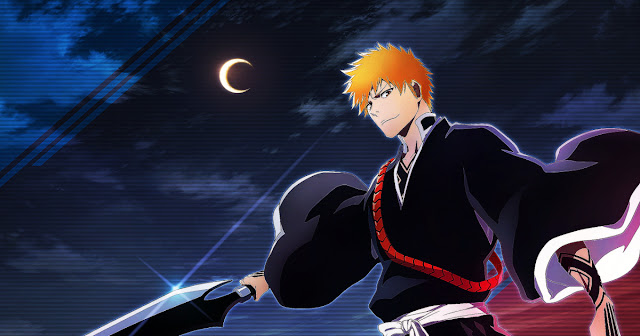Special
Who is the strongest mortal in the anime universe?
Saitama from One Punch Man is a human who has trained himself to the point where he can defeat any opponent with a single punch. He is so strong that he has become bored with fighting and now seeks out challenges that will actually test his abilities.
Goku from Dragon Ball is a Saiyan, a race of warriors who are naturally gifted with incredible strength and power. Goku has trained for many years and has achieved god-like levels of power.
Naruto Uzumaki from Naruto is a ninja who has mastered a variety of techniques, including the Rasengan, a powerful ball of energy. He is also a skilled taijutsu fighter and has a strong will power.
Ichigo Kurosaki from Bleach is a Soul Reaper who can control the power of his soul. He is also a skilled swordsman and has a powerful spiritual energy.
Luffy from One Piece is a pirate who has eaten the Gum-Gum Fruit, which gives him the ability to stretch his body like rubber. He is also a skilled fighter and has a strong sense of justice.
Special
[One Piece Spoiler]Predictions for the development and content of episode 1154 | Is “Loki’s Curse” revealed?[ONE PIECE]
![[One Piece Spoiler]Predictions for the development and content of episode 1154 | Is “Loki’s Curse” revealed?[ONE PIECE] [One Piece Spoiler]Predictions for the development and content of episode 1154 | Is “Loki’s Curse” revealed?[ONE PIECE]](https://eiga-manga.com/wp-content/uploads/2025/06/ONEPIECE1154話アイキャッチ仮.jpg)
We are predicting the content and development of episode 1154 of “ONE PIECE,” which will be published in Weekly Shonen Jump issue 33 (July 28th issue), which will be released on Monday, July 14th. Characters that appear and are thought to be active in the latest episode 1154 of One Piece, and more (…)
The post[One Piece Spoiler]Predictions for the development and content of episode 1154 | Is “Loki’s Curse” revealed?[ONE PIECE]first appeared on Manga Review Blog | Shindolog.
Special
[Latest One Piece Episode]Summary of spoilers and thoughts on episode 1153 | ONE PIECE depicts the process of Loki’s birth
![[Latest One Piece Episode]Summary of spoilers and thoughts on episode 1153 | ONE PIECE depicts the process of Loki’s birth [Latest One Piece Episode]Summary of spoilers and thoughts on episode 1153 | ONE PIECE depicts the process of Loki’s birth](https://eiga-manga.com/wp-content/uploads/2025/06/ONEPIECE1153話アイキャッチ.jpg)
This article contains spoilers for episode 1153 of “Loki’s Birth”, published in Weekly Shonen Jump 2025 issue 31 (July 14th issue) on Monday, June 30th. The latest episode revealed in Heildin’s mother, Ida and King Harald (…)
The post[Latest One Piece Episode]Summary of spoilers and thoughts on episode 1153 |[ONE PIECE]depicts the process of Loki’s birth first appeared on Manga analysis blog | Shindolog.
Special
[One Piece]Summary of spoilers and thoughts on episode 1152 | The truth behind King Harald’s death is revealed[ONE PIECE]
![[One Piece]Summary of spoilers and thoughts on episode 1152 | The truth behind King Harald’s death is revealed[ONE PIECE] [One Piece]Summary of spoilers and thoughts on episode 1152 | The truth behind King Harald’s death is revealed[ONE PIECE]](https://eiga-manga.com/wp-content/uploads/2025/06/ONEPIECE1152話アイキャッチ.jpg)
This article contains spoilers for episode 1152 of “ONE PIECE,” published in Weekly Shonen Jump 2025 issue 30 (July 7th issue) on Monday, June 23rd. Loki Gavan discovered in episode 1152 of the incident that he learned about 14 years ago (…)
The post[One Piece]Summary of spoilers and thoughts on episode 1152 | The truth behind King Harald’s death is revealed[ONE PIECE]first appeared on Manga Review Blog | Shindolog.






